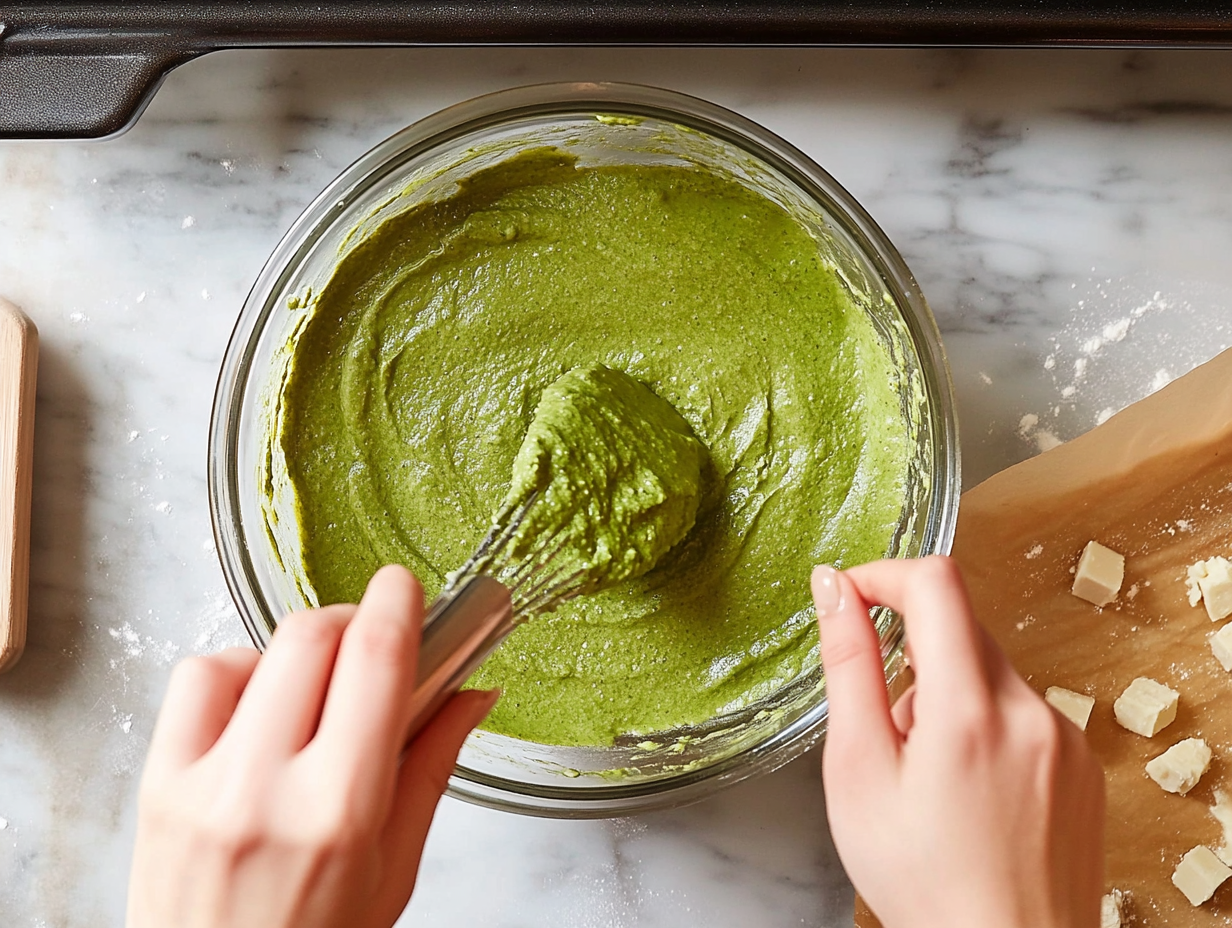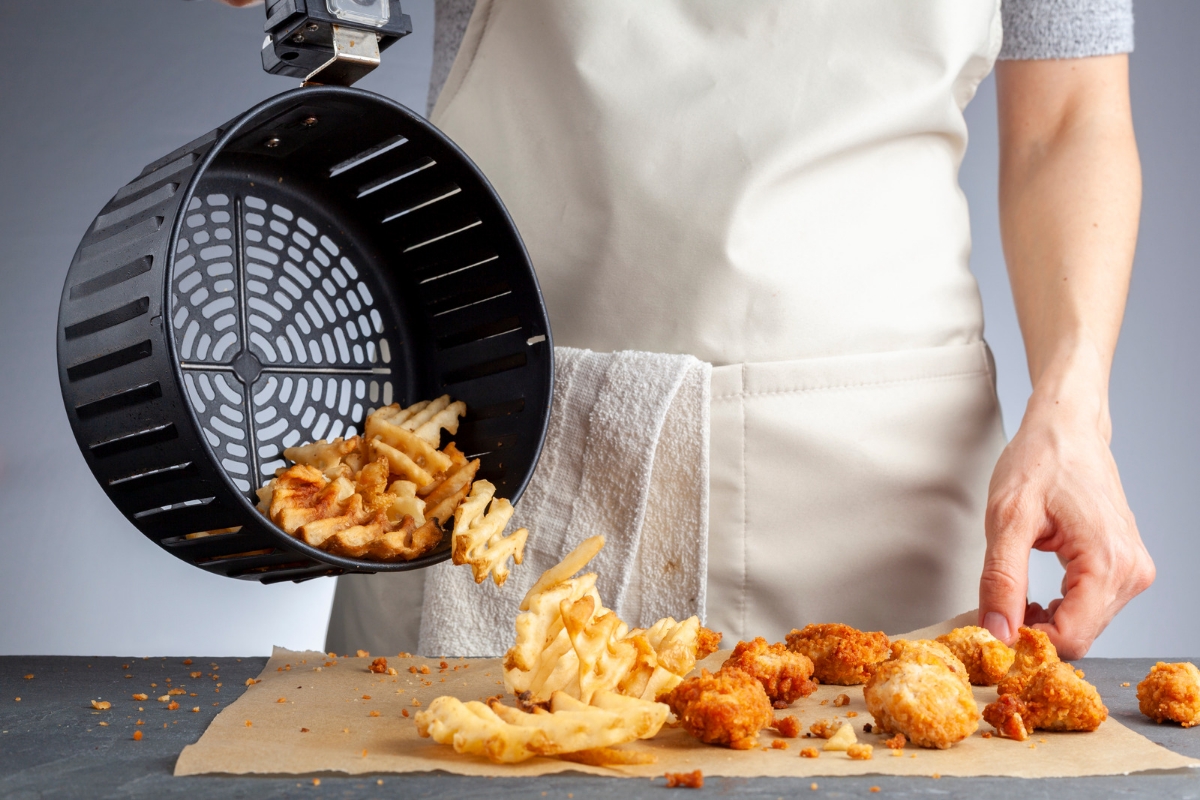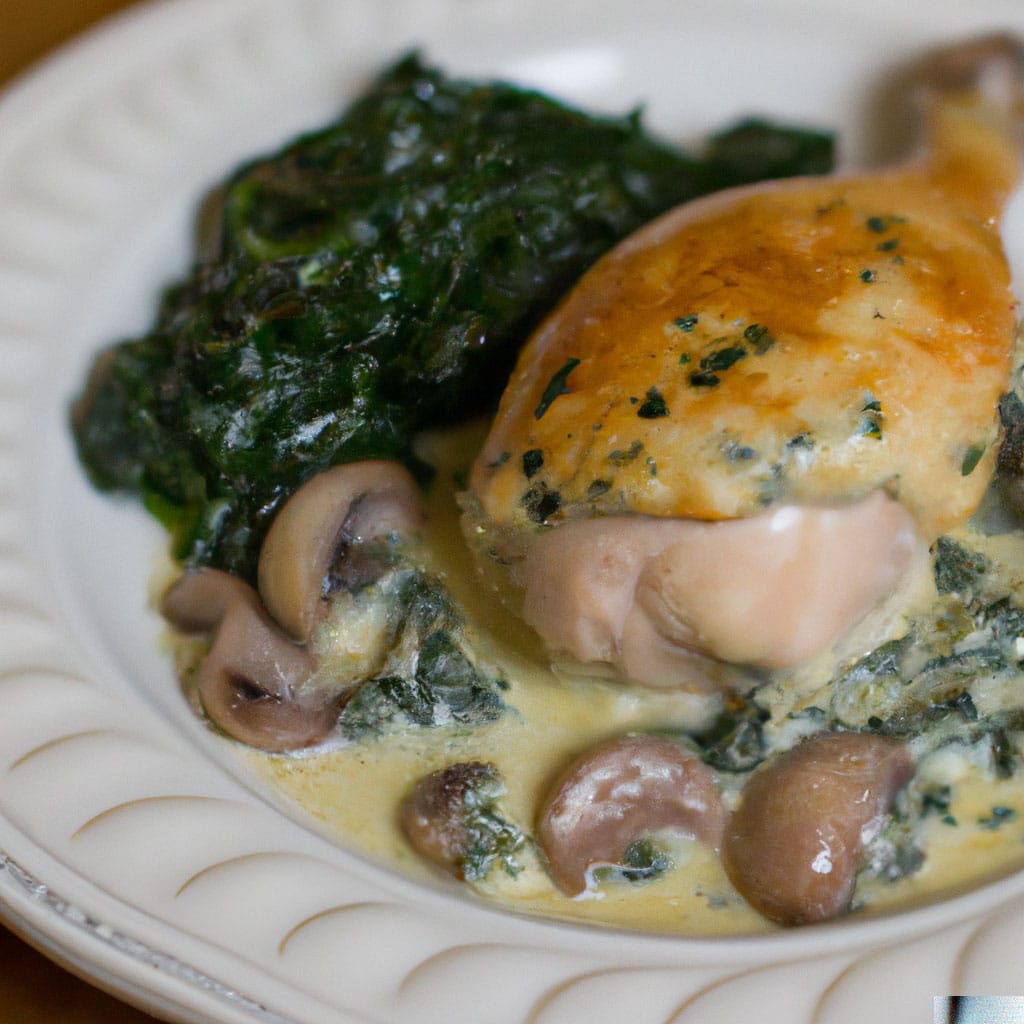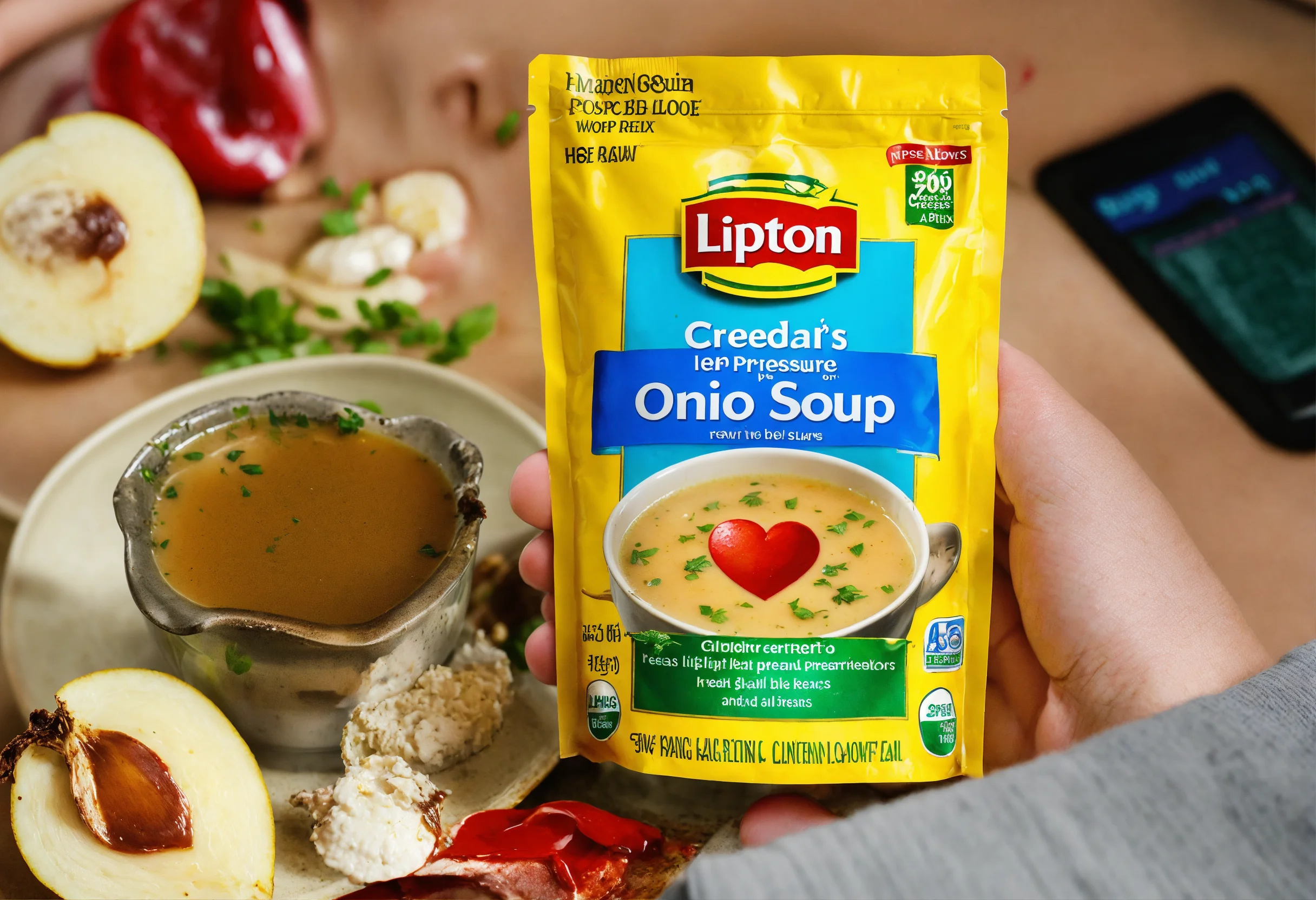Why Matcha White Chocolate Mochi Cake – The Ultimate Soft & Chewy Delight is a Must-Try Dessert
Imagine biting into Matcha White Chocolate Mochi Cake – The Ultimate Soft & Chewy Delight Guide come to life: a dessert that’s pillowy-soft, irresistibly chewy, and layered with earthy matcha and creamy white chocolate dances on your taste buds. Sounds like a dream, right? Well, buckle up, because this matcha white chocolate mochi cake isn’t just a trend; it’s a flavor revolution that’s taking fusion desserts by storm.
But here’s the kicker: this isn’t your average cake. Unlike traditional spongy treats, mochi cake leans on glutinous rice flour for its iconic chewiness, creating a texture that’s somewhere between a brownie and a Japanese daifuku (those pillowy mochi sweets you’ve probably devoured). Add ceremonial-grade matcha for depth and creamy white chocolate for balance, and you’ve got a dessert that’s equal parts nostalgic and bold.
Why all the hype? Let’s face it—people are obsessed with Japanese fusion desserts. From matcha lattes to mochi ice cream, the blend of East-meets-West flavors has become a global sensation. This soft and chewy matcha dessert taps into that craving, offering a modern twist on classic Japanese mochi cake while keeping things approachable for home bakers.
Essential Ingredients for a Perfect Green Tea Mochi Cake
Let’s cut to the chase: the magic of a soft and chewy matcha dessert lies in its ingredients. Skimp here, and you’ll end up with a cake that’s more “meh” than “matcha masterpiece.” But don’t worry—we’re breaking down every component, from the non-negotiables to clever swaps for dietary needs.
1. Glutinous Rice Flour: The Chewy Backbone
(glutinous rice flour for mochi cake)
If mochi cake had a superhero, it’d be glutinous rice flour (a.k.a. mochiko). This starch-heavy flour is the secret behind that iconic chewy texture—think of it as the gluten-free cousin of regular flour, but with way more personality.
Pro Tip: Brands matter! Mochiko (like Koda Farms) is the gold standard, but any glutinous rice flour labeled “sweet” or “sticky” works. Avoid substitutes like almond or coconut flour—they’ll turn your cake into a crumbly mess.
For the gluten-free crowd: You’re in luck! Glutinous rice flour is naturally gluten-free, but double-check packaging for cross-contamination warnings.
2. Matcha: Choosing Your Green Tea MVP
(best matcha powder for baking)
Not all matcha is created equal. Baking with low-quality green tea powder is like trying to run a marathon in flip-flops—it just won’t end well. Here’s how to pick a winner:
- Ceremonial-Grade: Bright green, smooth, and pricier. Ideal for bold flavor.
- Culinary-Grade: Slightly bitter but budget-friendly. Perfect for baking.
Red Flag Alert: If your matcha looks dull or smells fishy, toss it. Freshness is key! Store it in an airtight container away from light to preserve its vibrant color and antioxidants.
Fun Fact: Want that Insta-worthy green hue? Sift your matcha before mixing to avoid clumps!
3. White Chocolate: Sweetness with a Creamy Twist
(melting white chocolate for desserts)
White chocolate balances matcha’s earthy bite with its buttery sweetness. But here’s the catch: cheap brands often use vegetable oils instead of cocoa butter. Go for quality—look for 30%+ cocoa butter content (like Green & Black’s).
Melting Like a Pro:
- Chop chocolate into even pieces.
- Use a double boiler (or a heatproof bowl over simmering water).
- Stir constantly—white chocolate burns faster than a TikTok trend.
Vegan? No problem! Swap dairy-based chocolate for brands like Pascha or make your own with cocoa butter, powdered sugar, and vanilla.
4. The Supporting Cast: Eggs, Milk, & More
- Eggs: They add structure. For a vegan matcha white chocolate cake, use flax eggs (1 tbsp ground flax + 2.5 tbsp water per egg).
- Milk: Full-fat dairy or creamy alternatives like coconut milk work best.
- Sugar: Stick with fine granulated or caster sugar for even dissolving.
Pro Hack: Room-temperature ingredients blend smoother than a perfectly curated playlist. Take eggs and milk out of the fridge 30 minutes early!
5. Creative Substitutions & Flavor Boosters
(Keyword: matcha white chocolate variations)
Got dietary restrictions or a flair for experimentation? Mix it up!
- Flour Alternatives: While glutinous rice flour is irreplaceable for chewiness, add 1 tsp xanthan gum if using gluten-free blends.
- Flavor Twists: Fold in red bean paste, toasted coconut, or citrus zest.
- Sugar Swaps: Replace 25% of sugar with honey or maple syrup for depth (adjust liquid ingredients accordingly).
Step-by-Step Recipe for Soft & Chewy Matcha Mochi

Matcha White Chocolate Mochi Cake – The Ultimate Soft & Chewy Delight Baking Timeline
Alright, it’s showtime! You’ve got your ingredients prepped—now let’s turn that glutinous rice flour and ceremonial-grade matcha into a soft and chewy matcha dessert that’ll make your taste buds sing. Follow these steps closely, and you’ll avoid the rookie mistakes that turn mochi cakes into hockey pucks.
1. Preparing the Matcha Mochi Batter
(mixing techniques for mochi cake)
Step 1: Whisk Dry Ingredients
In a large bowl, sift together:
- 1 ½ cups glutinous rice flour (mochiko)
- ½ cup granulated sugar
- 2 tbsp high-quality matcha powder
- ¼ tsp salt
Why sift? Clumpy matcha is the enemy of smooth batter. Trust us—this extra minute pays off.
Step 2: Combine Wet Ingredients
In another bowl, mix:
- 1 cup full-fat coconut milk (or dairy milk)
- 2 large eggs (or flax eggs for vegan matcha white chocolate cake)
- 1 tsp vanilla extract
- ½ cup melted white chocolate (cooled slightly)
Step 3: Marry Wet & Dry
Slowly pour the wet mix into the dry ingredients while whisking. Beat until smooth—no lumps allowed! The batter should resemble pancake mix but with a vibrant green hue.
Pro Tip: If the batter feels too thick, add 1-2 tbsp milk. Too runny? Sprinkle in 1 tbsp glutinous rice flour.
2. Baking Tips for the Perfect Chewy Texture
(oven temperature for mochi cake)
Step 4: Prep the Pan
- Grease an 8×8-inch baking pan with butter or coconut oil.
- Line it with parchment paper (trust us, mochi sticks like glue otherwise).
Step 5: Bake Low and Slow
- Preheat oven to 325°F (165°C)—not 350°F! Mochi needs gentle heat to stay soft and chewy.
- Pour the batter into the pan, smoothing the top with a spatula.
- Bake for 45-50 minutes. The edges should pull away slightly, and a toothpick inserted in the center should come out mostly clean (a few crumbs are okay).
Step 6: Cool Like a Pro
- Let the cake cool in the pan for 15 minutes.
- Transfer to a wire rack to cool completely. Do NOT slice it warm—patience prevents gummy chaos!
Ever wonder why mochi gets its chewy texture? Dive into the science behind glutinous rice flour for nerdy details.
3. Cutting & Serving Your Masterpiece
(serving matcha desserts)
- Use a sharp knife dipped in hot water to slice clean squares.
- Dust with extra matcha powder or drizzle melted white chocolate for flair.
- Pair with hot green tea or a latte to balance the sweetness.
Fun Twist: For a Japanese fusion dessert vibe, serve with a scoop of red bean ice cream!
Pro Tips for Flawless Matcha Fusion Desserts
So you’ve baked your matcha white chocolate mochi cake, but let’s be real—even the best recipes can hit snags. Maybe your cake turned out sticky, or the white chocolate seized up like a toddler mid-tantrum. Don’t panic! We’re diving into expert hacks to salvage (and elevate) your soft and chewy matcha dessert. Consider this your baking safety net.
1. Avoiding Common Mochi Cake Mistakes
(common mochi cake mistakes)
Mistake 1: Overmixing the Batter
Why it’s bad: Overworked batter activates too much starch, leading to a dense, rubbery texture.
Fix: Mix until just combined—think gentle folds, not arm day at the gym.
Mistake2: Baking at High Heat
Why it’s bad: Cranking the oven to 375°F? That’s a one-way ticket to Dry Cake City.
Fix: Stick to 325°F and use an oven thermometer. Mochi thrives on low-and-slow love.
Mistake 3 : Skipping the Cooling Step
Why it’s bad: Cutting into a warm mochi cake is like opening a soufflé too soon—it’ll collapse into goo.
Fix: Let it cool completely on a wire rack. Distract yourself with TikTok—we won’t judge.
2. Creative Variations to Wow Your Crowd
(matcha white chocolate variations)
Mix-Ins That Slay
- Red Bean Paste: Swirl in ½ cup sweetened anko (red bean paste) for a traditional Japanese mochi cake vibe.
- Toasted Coconut: Sprinkle shredded coconut on top before baking for crunch.
- Citrus Zest: Add 1 tsp yuzu or orange zest to the batter for a zesty kick.
Dietary Twists
- Vegan Version: Use flax eggs, plant-based milk, and dairy-free white chocolate.
- Lower Sugar: Swap ¼ cup sugar with monk fruit sweetener (but keep some sugar for texture).
Pro Tip: For a gluten-free matcha dessert, ensure all add-ins (like baking powder) are certified GF.
3. Presentation Tricks for Instagram Glory
( serving matcha desserts)
- Dust & Drizzle: Sift matcha powder over slices and zigzag melted white chocolate with a fork.
- Edible Flowers: Top with pansies or violets for a spring-ready look.
- Layered Parfait: Crumble mochi cake into a glass with whipped cream and fresh berries.
Fun Fact: A study on food presentation psychology found that visually appealing dishes taste better to the brain. So yes, garnish guilt-free!
FAQs – Answering Your Matcha Mochi Cake Questions
Got questions? We’ve got answers! From gluten-free swaps to freezing hacks, here’s the lowdown on everything matcha white chocolate mochi cake—no jargon, just straight facts.
1. Can I use regular flour instead of glutinous rice flour?
Short answer: Nope, and here’s why. Glutinous rice flour (a.k.a. mochiko) is the only way to achieve that iconic chewy texture. Regular flour lacks the starch content needed to create mochi’s stretchy, bouncy vibe.
Workaround: If you’re in a pinch, try tapioca flour for partial substitution (replace 25% of mochiko). But trust us—it’s worth tracking down the real deal.
2. How do I make this recipe gluten-free?
Good news: Glutinous rice flour is naturally gluten-free! But cross-contamination can happen during processing. Opt for certified gluten-free brands like Mochiko Blue Star.
Watch out for:
- Add-ins like baking powder (some contain gluten).
- Dusting powders (ensure they’re GF).
Pro Tip: Check out our guide to gluten-free baking for foolproof swaps.
3. “Can I freeze matcha mochi cake?”
Absolutely! Freezing is a lifesaver for this soft and chewy matcha dessert.
Steps:
- Cool the cake completely.
- Slice into portions.
- Wrap tightly in plastic + foil.
- Freeze for up to 3 months.
To thaw: Leave at room temp for 1-2 hours or microwave for 15 seconds.
4. “What’s the difference between mochi cake and regular cake?”
Think of mochi cake as the rebel cousin of traditional cake. Here’s the breakdown:
| Mochi Cake | Regular Cake |
|---|---|
| Chewy, dense texture (thanks to glutinous rice flour) | Fluffy, airy crumb (from wheat flour) |
| Less sweet, earthy flavors | Often sweeter, vanilla-forward |
| Stays fresh for days | Best eaten day-of |
Fun Fact: Mochi’s chewiness comes from amylopectin, a starch in glutinous rice—learn more in our science of mochi deep dive.
5. “Where can I buy high-quality matcha powder?
Skip the grocery store bins! For baking, aim for culinary-grade matcha from reputable brands:
- Ippodo Tea: Rich flavor, vibrant color.
- Encha: Organic, budget-friendly.
- Matchaeologist: Ultra-premium (save this for lattes).
Red Flag: Avoid anything labeled “matcha-flavored”—it’s usually cut with sugar or fillers.
Serving & Storing Your Japanese Mochi Cake
So you’ve nailed the soft and chewy matcha dessert, but what’s next? Whether you’re serving it fresh out of the oven or reviving leftovers, these pro tips will keep your matcha white chocolate mochi cake tasting like it’s straight from a Tokyo patisserie.
1. Presentation Ideas for Special Occasions
(Keyword: serving matcha desserts)
Elevate Your Aesthetic Game
- Tea Time Elegance: Pair slices with ceremonial-grade matcha or jasmine tea for a zen vibe.
- Dessert Boards: Arrange mochi cake squares alongside fresh berries, red bean paste, and toasted sesame cookies.
- Mini Bites: Use a cookie cutter to create heart-shaped pieces—perfect for weddings or baby showers.
Pro Tip: Dust plates with matcha powder or edible gold flakes for a luxe touch. Your Instagram feed will thank you.
Pairings That Pop
- Savory Contrasts: Serve with salty-sweet black sesame ice cream or miso caramel drizzle.
- Fruity Twists: Top with sliced strawberries or yuzu curd for a tangy kick.
2. Shelf Life & Storage Hacks
(mochi cake storage tips)
Room Temperature Rules
- Freshness Window: Store in an airtight container for up to 3 days. The chewy texture holds up beautifully!
- Avoid Direct Sunlight: Heat turns mochi into a sticky mess—keep it cool and dry.
Refrigeration: Yes or No?
- Short-Term Fix: Refrigerate for up to 1 week, but let slices come to room temp before eating (cold mochi gets tough).
- Revive Stale Cake: Wrap in a damp paper towel and microwave for 10 seconds to restore softness.
Freezing for the Win
- Long-Term Storage: Freeze individual slices wrapped in plastic + foil for 3 months.
- Thawing Hack: Pop frozen slices in a toaster oven at 300°F for 5 minutes—crispy edges meet chewy centers!
Why Matcha White Chocolate Mochi Cake Can Be a Guilt-Free Indulgence
Let’s face it: dessert lovers often wrestle with the “to eat or not to eat” dilemma. But here’s the good news—your Matcha White Chocolate Mochi Cake isn’t just a treat for your taste buds. Packed with antioxidants and crafted with mindful ingredients, this soft and chewy delight bridges indulgence and nutrition. Let’s break down why you can savor this dessert sans regret.
1 The Antioxidant Powerhouse: Matcha’s Role in Your Mochi Cake
Matcha isn’t just a trendy green powder—it’s a nutritional rockstar. Unlike regular green tea, ceremonial-grade matcha packs 137x more antioxidants thanks to its shade-grown, stone-ground leaves. Here’s how it elevates your Mochi Cake:
- EGCG (Epigallocatechin Gallate): Fights inflammation and supports metabolism.
- L-Theanine: Promotes calm focus (perfect for balancing that post-dessert energy crash).
- Chlorophyll: Detoxifies and gives the cake its vibrant green hue.
Pro Tip: Pair your slice with a matcha latte for a double dose of antioxidants. Talk about a green tea glow-up!
2 White Chocolate in Your Mochi Cake: Sweetness with Moderation
Yes, white chocolate adds sweetness, but not all heroes wear capes. Here’s the skinny:
- Cocoa Butter: Rich in fatty acids for skin health (choose brands with 30%+ cocoa butter).
- Lower Caffeine: Unlike dark chocolate, it won’t interfere with matcha’s calming L-theanine.
- Portion Control: The chewy mochi base balances richness, so a small slice satisfies..
3 Balancing Indulgence & Nutrition in Fusion Desserts
(LSI Keywords: Gluten-free matcha dessert, vegan baking, Japanese fusion sweets)
- Gluten-Free Goodness: Glutinous rice flour keeps this cake naturally gluten-free and gut-friendly.
- Vegan Options: Swap eggs for flax and dairy chocolate for plant-based brands.
- Low-Sugar Tweaks: Reduce sugar by 25% and add mashed banana for natural sweetness.
Fun Fact: Mochi’s chewy texture slows down eating, helping you savor each bite mindfully—no Netflix-binging guilt required!
Conclusion – Share Your Matcha White Chocolate Mochi Cake Masterpiece!
Congratulations, mochi maestro! You’ve journeyed from glutinous rice flour basics to fusion dessert glory, and now it’s time to celebrate your soft and chewy matcha white chocolate mochi cake triumph. Let’s tie it all together with a final recap, social-sharing inspo, and a sweet nudge to keep your baking adventures alive.
1 Recap: The Secrets to Mochi Cake Success
- Ingredient Quality is King: Ceremonial-grade matcha and glutinous rice flour make or break the texture and flavor.
- Low & Slow Wins the Race: Baking at 325°F ensures that iconic chewy delight without drying out.
- Creativity Rules: From vegan swaps to red bean swirls, this recipe is your canvas—paint it bold!
Pro Tip: Bookmark this guide for quick troubleshooting (we know you’ll be baking this weekly).
Share the Mochi Love!
Take your bragging rights to social media and inspire fellow dessert lovers:
- Instagram: Post a video of that chewy pull with hashtags like #MatchaMochiMagic or #ChewyDelight. Tag us [@YourHandle] for a shoutout!
- Pinterest: Pin your prettiest slice with a caption like “The ultimate soft & chewy matcha dessert!”
- Facebook Groups: Join baking communities and share your tweaks (e.g., “Added citrus zest—game-changer!”).
Fun Fact: Recipes with social shares get 3x more engagement—so spread the mochi joy!




